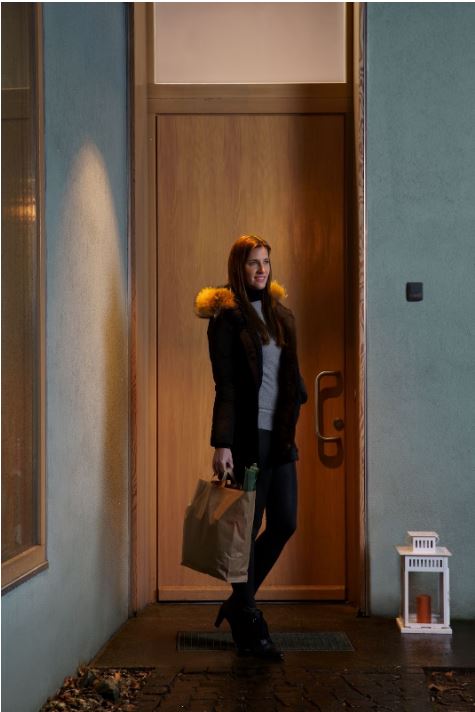When it comes to modern home lighting, choosing the right fixture can significantly impact both functionality and aesthetics. If you have a low ceiling, does it make sense to install a traditional fixture with a bulky glass casing that extends down an extra foot? Or, in a bathroom where the bathtub enclosure partially blocks light from an overhead fixture, would a flat panel with backlighting provide better illumination?
What Is a Backlit Sensor?
A backlit sensor is a cutting-edge innovation inspired by the backlighting systems used in televisions and computer monitors. Unlike traditional lighting fixtures, this technology incorporates a flat panel that produces uniform, efficient illumination.
With a backlit sensor, you can expect the same reliable L70 lumen maintenance as other high-quality LED products, but with added flexibility in design and functionality. This makes it ideal for recessed lighting, surface-mounted applications, and even suspended installations.

How Do Backlit Sensors Work?
Backlit sensors enhance illumination by using a unique arrangement of imaging elements to capture and distribute light more effectively. This novel approach improves low-light performance, making the technology versatile for various indoor lighting needs.
The working principle is similar to that of standard LED lighting: an electric current flows through a semiconducting material, producing light through electroluminescence. However, older LED designs often trapped light within the fixture, reducing efficiency. Backlit technology resolves this issue, unlocking new design possibilities.
Whether used in recessed areas, suspended panels, or surface-mounted fixtures, backlit sensors deliver consistent, shadow-free illumination. They are equally effective as general lighting solutions or as task lights in specialized settings.
Advantages of Backlit Sensors
Even Lighting Distribution
Backlit technology ensures uniform illumination, reducing shadowing and creating a balanced lighting environment. This feature is particularly useful in open spaces and task-oriented areas.
Energy EfficiencyBacklit sensors offer over 60% energy savings compared to traditional lighting solutions, making them an eco-friendly choice for homeowners and businesses alike.
Customizable OptionsMany backlit sensor products come with remote-control features, allowing users to adjust brightness and color temperature conveniently. These systems often offer three selectable light colors—warm white, cool white, and daylight—along with adjustable lumen and wattage settings.
High Color Rendering Index (CRI)With most products in this category boasting a CRI of 80 or higher, colors appear more natural and vibrant under backlit lighting. This makes them perfect for spaces where accurate color representation is essential.
VersatilityBacklit sensors are suitable for a variety of settings, from homes and offices to schools, hospitality venues, and commercial spaces. Their sleek design and adaptability make them a favorite for both aesthetics and functionality.

Why Choose Backlit Sensors for Your Home or Business?
The growing popularity of LED technology owes much to innovations like backlit sensors. These lighting solutions are efficient, stylish, and highly versatile, offering tailored configurations to meet diverse needs.
Whether you're upgrading your home’s lighting or outfitting a commercial space, backlit sensors provide an ideal solution. Their combination of energy savings, high CRI, and even illumination ensures they can enhance any environment. With a range of customizable features and configurations, now is the perfect time to explore how backlit sensors can transform your space.Conclusion
A backlit sensor offers more than just light—it provides a modern, efficient, and customizable solution for any space. From low ceilings to shadowy bathrooms, these fixtures deliver unparalleled performance and style. If you're looking for the perfect blend of practicality and innovation, backlit sensors are worth considering.



